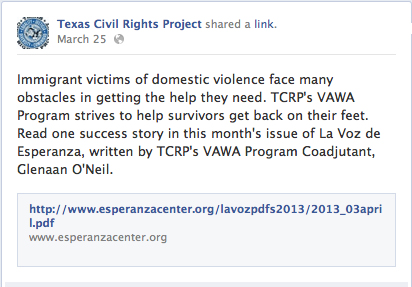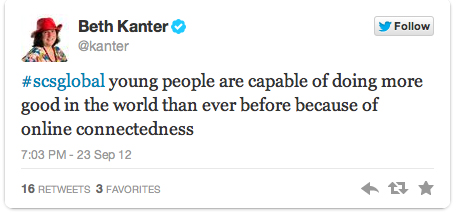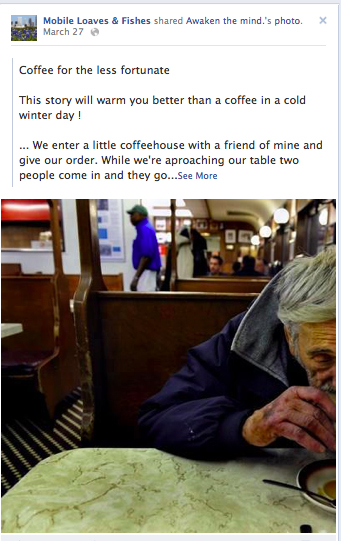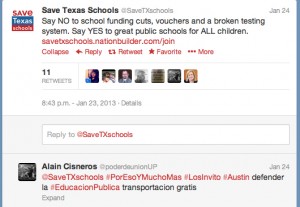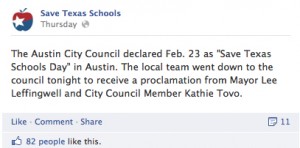This week marks the end of the blogging project for my Social Media for PR class. As I had mentioned, this project was the first time I had ever written a blog. Over the course of the semester I have analyzed several local nonprofits and examined their social media techniques for getting noticed and engaging with stakeholders. Along with material covered in class, I have used experts from my personal learning network as references to help guide my analysis. What I learned over the past few months is that social media is a tool that empowers nonprofits and opens their doors to an audience that is both engaged and readily accessible. Social media has changed the way nonprofits reach their audience and has become essential to fundraising and donations.
So what now? What should nonprofits do once they have established their social networks? It makes sense to engage with their audience. When social networking is used as means to establish an online presence for an organization such as a nonprofit, it becomes a bit more complex than simple acts of tapping “like” a photos and a “retweet.” These networks are extremities of the physical organization and should represent the essence of what the organization stands for. Furthermore, how does an organization measure the outcome of their social media activity?
You often hear “content is king” and there is a major emphasis on the content that an organization posts to draw individuals to their cause. While content is surely an important factor, Beth Kanter explains in her recent blog post How Do We Balance Measuring Outcomes with Measuring to Learn and Improve? that the best example of social media practice is when it is used for “engagement with a purpose.” Social media metrics can be complicated but its important to measure your outcomes in comparison to the work put into social networking. Kanter also addresses this in Social Media Is About Engagement with a Purpose and How to Measure it. In order for social media practices to be effective, they should be aligned with the organization’s mission and an expressed goal. Social media metrics is about helping an organization excel towards their specific goals and support for causes. Kanter posted a list of Key Performance Indicators from her book Measuring the Networked Nonprofit: Using Data to Change the World, co authored by Katie Delahaye Paine, that I found most helpful. According to Kanter and Paine, these are potential outcomes that a nonprofit might see from social media activity.

Since I started this blog, we have looked at tips for nonprofits, the power of visual storytelling, the tremendous success of crowdfunding seen here in Austin, thought leadership, and many other tactics. Overall, the most important advice for nonprofits is aligning social media engagement with the organization’s goals and mission. Social media with a purpose! I hope this blog has helped put things in perspective. Until next time…



